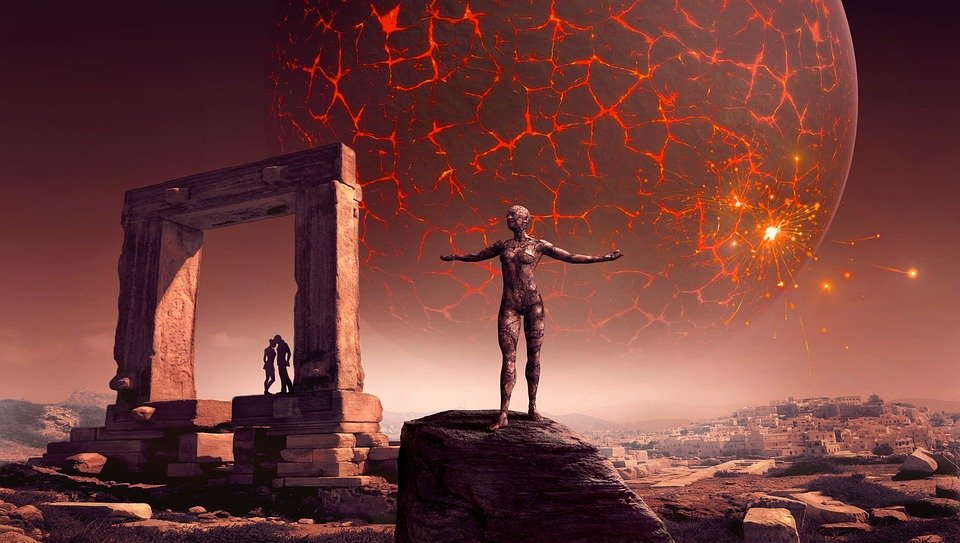Title: Panspermia: Did life on Earth Begin Among the Stars?
Introduction
The origin of life on Earth has intrigued scientists and philosophers for centuries. From the primordial soup theory to the idea of a divine creator, various hypotheses have been proposed to explain how life began on our planet. One such hypothesis that has gained significant attention in recent decades is the concept of panspermia. The theory of panspermia suggests that life on Earth may have originated from outer space, with living organisms being transported to our planet on asteroids, comets, or other celestial bodies. But how plausible is this idea, and what evidence supports it?
What is Panspermia?
Panspermia, derived from the Greek words “pan” (meaning “all”) and “sperma” (meaning “seed”), is the hypothesis that life exists throughout the universe and is distributed by meteoroids, asteroids, comets, and other celestial bodies. There are several variants of the panspermia hypothesis, including lithopanspermia (life transferred via rocks), ballistic panspermia (life ejected from a planet’s surface and transferred to another celestial body), and directed panspermia (life intentionally sent to other planets by an advanced civilization). The central idea behind panspermia is that life may not have originated on Earth but was instead seeded from elsewhere in the cosmos.
Evidence for Panspermia
Although the idea of panspermia may seem far-fetched, there is some evidence to suggest that it may be possible. Some of the key findings supporting the panspermia hypothesis include:
1. Organic molecules found in meteorites: Organic molecules, such as amino acids and nucleobases, have been discovered in meteorites, indicating that the building blocks of life can exist in outer space. The Murchison meteorite, which fell in Australia in 1969, contained over 80 different amino acids, some of which are not found on Earth.
2. Extremophiles: Some microorganisms, known as extremophiles, can withstand extreme conditions such as high radiation, temperature, and pressure, which are often found in space. Tardigrades, also known as water bears, have been shown to survive the vacuum and radiation of space, demonstrating the resilience of life in extreme environments.
3. Interstellar clouds: Interstellar clouds, such as the molecular Cloud Sagittarius B2, have been found to contain complex organic molecules, including ethyl formate, which is responsible for the smell of raspberries. These findings suggest that the building blocks of life could form in the vast expanses of space and be transported to other celestial bodies.
4. The age of the universe: The universe is approximately 13.8 billion years old, while Earth is only 4.5 billion years old. This leaves ample time for life to have evolved elsewhere in the cosmos and be transported to our planet.
Challenges to Panspermia
Despite the intriguing evidence supporting panspermia, the hypothesis faces several challenges:
1. Lack of direct evidence: Although organic molecules and extremophiles have been discovered in space, no living microorganisms have been definitively identified on celestial bodies or in interstellar space.
2. The origins of life: While panspermia may explain how life arrived on Earth, it does not address the question of how life initially formed in the universe. The conditions required for life to emerge remain a mystery.
3. Surviving space travel: The journey through space can be treacherous, with high levels of radiation, extreme temperatures, and the vacuum of space posing significant threats to living organisms. Although some extremophiles have been shown to survive these harsh conditions, it is unclear if more complex life forms could do the same.
Conclusion
The panspermia hypothesis offers an exciting and thought-provoking alternative to the traditional theories of life’s origins on Earth. While evidence supporting panspermia is growing, further research is needed to determine if life truly began among the stars. As our understanding of the universe expands, and as we explore our neighboring planets and beyond, we may one day uncover the true origins of life in the cosmos.

